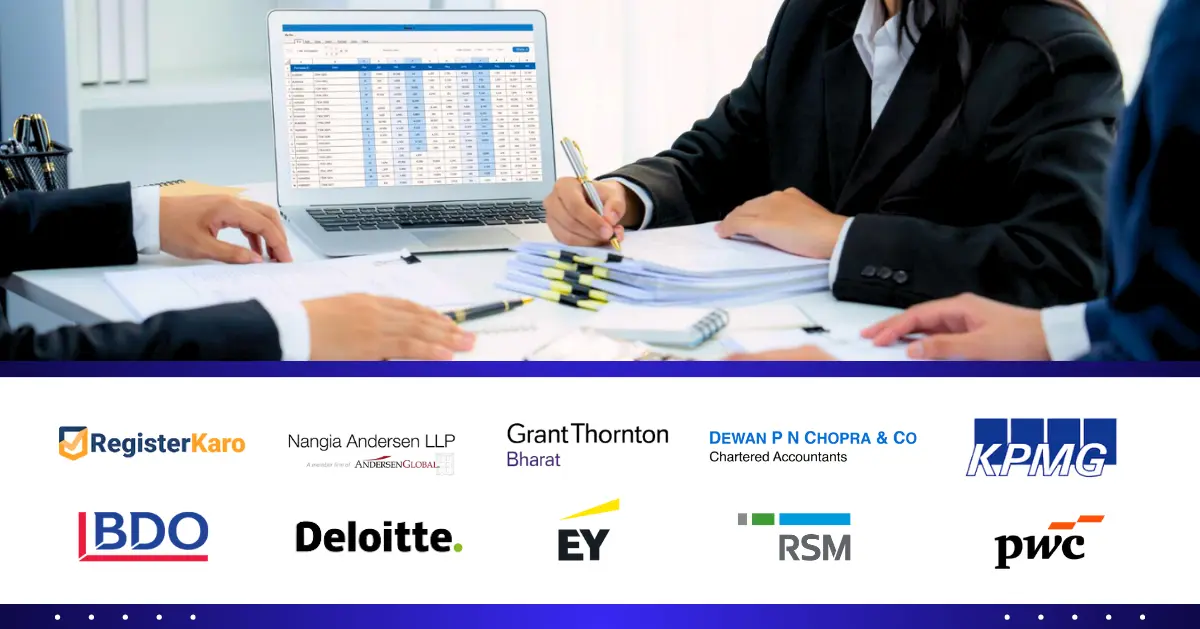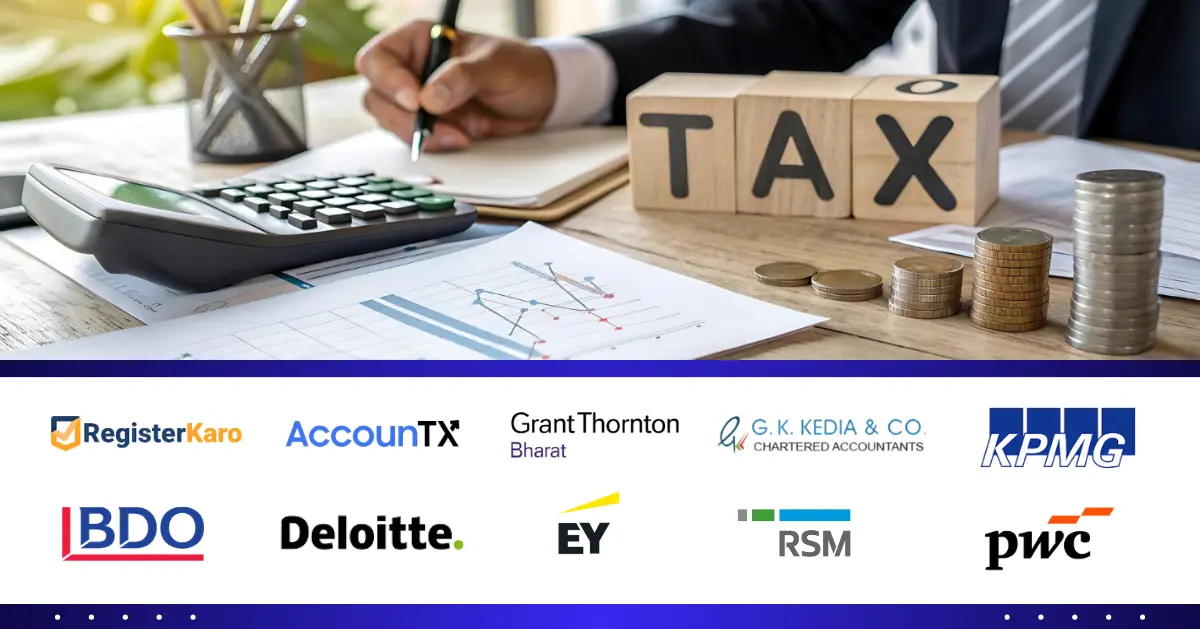
Introduction
Earning a salary above ₹10 lakhs per year is a significant financial milestone, but it also places you in one of India’s higher tax slabs, leading to a substantial tax liability. Without proper planning, a large portion of your income could go toward taxes, reducing your overall savings and investment potential. However, the Indian tax system provides several legal avenues to minimize your tax burden through deductions, exemptions, and strategic investments. For those wondering how to save tax on salary, understanding and utilizing these options effectively can optimize your take-home income while ensuring full compliance with tax laws.
One of the first steps to tax optimization is understanding how income tax slabs impact salaried individuals and identifying the right strategies to reduce taxable income. Section 80C deductions, which allow investments in options like Public Provident Fund (PPF), Employee Provident Fund (EPF), National Pension System (NPS), and tax-saving Fixed Deposits (FDs), can significantly reduce tax liability. Additionally, House Rent Allowance (HRA) exemptions provide relief for individuals paying rent, while deductions under Section 80D for health insurance premiums and Section 24(b) for home loan interest can further lower taxable income.
Investments also play a crucial role in tax savings. Instruments like the Equity-Linked Savings Scheme (ELSS), NPS, and Unit Linked Insurance Plans (ULIPs) not only offer tax deductions but also help in long-term wealth creation. How to save tax on salary structuring is another effective method, where components like Leave Travel Allowance (LTA), food coupons, and reimbursements can be optimized to reduce the overall taxable amount. Moreover, making use of tax-free allowances, such as fuel reimbursements and standard deductions, can further enhance tax efficiency.
This blog will provide detailed insights into each of these tax-saving strategies, ensuring that you have the necessary knowledge to make informed financial decisions. Whether you are a young professional, a mid-career executive, or a high-income earner, these actionable strategies will help you achieve financial stability, efficient tax planning, and long-term wealth accumulation while staying compliant with Indian tax laws.
Also Read: Ten Reasons Why Filing Income Tax Returns Is Vital For You | RegisterKaro
Understanding Taxation on High Salaries in India
India follows a progressive taxation system, meaning that as your income increases, your tax liability also rises. For individuals earning above ₹10 lakhs per year, the tax rate is 30% (excluding cess and surcharge), making it essential to plan taxes strategically to minimize deductions and maximize savings. The key to effective tax planning lies in leveraging deductions, exemptions, and investment options to reduce taxable income while staying compliant with tax regulations.
High-income earners should understand the different tax slabs, applicable deductions, and tax exemptions available under both the old and new tax regimes to make an informed choice. While the old regime provides multiple deductions under Section 80C, 80D, and House Rent Allowance (HRA), the new regime offers lower tax rates but eliminates most exemptions. Therefore, choosing the right tax regime based on income composition and financial goals is crucial for optimizing tax savings.
Tax Slabs and Deductions Applicable for Salaries Above ₹10 Lakhs
The Indian taxation system offers two tax regimes—the old tax regime with multiple deductions and the new tax regime with reduced tax rates but fewer exemptions. Understanding the tax slabs and how deductions apply to your salary is the first step toward efficient tax planning.
Old Tax Regime: Maximizing Deductions
The old tax regime allows taxpayers to claim deductions under various sections, such as Section 80C, 80D, and HRA, reducing taxable income significantly. Under this regime:
- Income above ₹10 lakhs is taxed at 30%, excluding cess and surcharge.
- Taxpayers can claim multiple exemptions and deductions to lower taxable income.
New Tax Regime: Lower Tax Rates with Fewer Exemptions
The new tax regime offers simplified taxation but removes most deductions and exemptions.
- Income between ₹10-12.5 lakhs is taxed at 20%.
- Income above ₹15 lakhs is taxed at 30%.
- This regime may be beneficial for individuals who do not have significant deductions to claim.
Key Deductions to Reduce Taxable Income
Regardless of the tax regime chosen, several deductions and exemptions can help in reducing tax liability:
- Section 80C: Allows a maximum deduction of ₹1.5 lakhs through investments such as EPF, PPF, ELSS, and NSC.
- Section 80D: Offers a deduction of ₹25,000 on health insurance premiums (₹50,000 for people older than 70).
- Standard Deduction: Salaried employees get a flat deduction of ₹50,000 from taxable income.
- Section 24(b): Allows a deduction of up to ₹2 lakhs on home loan interest.
What are the Investment Options for Tax Savings?
Investing in tax-saving instruments not only helps in reducing tax liability but also contributes to long-term financial growth. Here are some of the best investment options for high-income earners looking to optimize tax savings:
- Equity-Linked Savings Scheme (ELSS): A market-linked mutual fund investment that qualifies for Section 80C deductions with a 3-year lock-in period.
- Public Provident Fund (PPF): A government-backed investment offering tax-free returns and deductions under Section 80C.
- National Pension System (NPS): Contributions are eligible for extra deductions under Section 80CCD(1B) up to ₹50,000, making it a great retirement planning tool.
- Tax-Saving Fixed Deposits (FDs): These FDs provide deductions under Section 80C but come with a 5-year lock-in period.
- Health Insurance: Premiums paid towards a health insurance policy can be deducted under Section 80D, reducing taxable income while ensuring financial security.
Exploring Salary Restructuring for Tax Efficiency
One of the most overlooked strategies to reduce taxable income is optimizing salary structure. By restructuring salary components, you can legally reduce tax liability while maximizing take-home pay.
Key Salary Components to Optimize for Tax Savings
- Increase Tax-Free Allowances: Components such as meal vouchers, phone bill reimbursements, and education allowances can be included to reduce taxable income.
- Opt for Retirement Benefits: Increasing contributions to an Employee Provident Fund (EPF) or opting for a Voluntary Provident Fund (VPF) can help in long-term wealth accumulation while offering tax benefits.
- Opt for Performance-Linked Incentives: Instead of receiving a fixed annual bonus, consider performance-based incentives, which can be structured in a tax-efficient manner.
Utilizing House Rent Allowance (HRA) and Leave Travel Allowance (LTA)
House Rent Allowance (HRA): Maximize Rent-Based Tax Benefits
If you live in rented accommodation, you can claim an HRA exemption to reduce your taxable income. The exemption is calculated based on the lowest of the following:
- Actual HRA received from the employer.
- 50% of the basic salary (for metro cities) or 40% of the basic salary (for non-metro cities).
- Rent is paid minus 10% of the basic salary.
Leave Travel Allowance (LTA): Tax-Free Travel Reimbursements
LTA allows employees to claim tax exemptions on domestic travel expenses incurred while on leave. Employees can claim LTA twice in a block of four years by submitting valid travel proofs.
Tax Benefits on Loans: Home Loans and Education Loans
Taking loans can also serve as an effective tax-saving strategy.
Home Loan Benefits
- Section 24(b): Allows a deduction of up to ₹2 lakhs on interest paid for a home loan.
- Section 80C: Provides tax benefits on principal repayment of home loans.
Education Loan Benefits
- Section 80E: Allows deductions on interest payments of education loans for up to 8 years.
Donations and Their Tax Implications (Section 80G)
Making donations to eligible charitable organizations not only contributes to a social cause but also helps in reducing tax liability.
- Donations made to specific funds such as PM CARES Fund qualify for 100% tax deductions.
- Other charitable donations may provide 50% deductions, with or without limits, depending on the organization.
How to Leverage Tax-Free Perquisites and Benefits?
Many employers offer tax-free perquisites, which can help in reducing taxable income. Some common tax-free perks include:
- Meal Coupons (e.g., Sodexo, Zeta) to cover food expenses tax-free.
- Reimbursements for internet and mobile bills used for work purposes.
- Children’s Education Allowance, which allows tax savings for school fees.
- Employer Contributions to NPS, which are tax-free under Section 80CCD(2).
By negotiating these perks and benefits as part of your salary package, you can optimize tax savings while maintaining financial flexibility.
Common Mistakes to Avoid While Planning Tax Savings
Many taxpayers make errors that can increase their tax liability unnecessarily. Here are some common pitfalls to avoid:
- Not starting early: Delaying tax planning can result in rushed investments that may not align with financial goals.
- Choosing the wrong tax regime: Evaluate both regimes carefully to select the one that provides maximum benefits.
- Not maintaining records: Failing to keep proper documentation of tax-saving investments can lead to the rejection of deductions.
- Ignoring long-term financial planning: Prioritize investments that offer both tax savings and long-term financial security.
By implementing these smart tax-saving strategies, you can reduce tax liability, increase savings, and achieve financial growth, ensuring you make the most of your salary while remaining compliant with Indian tax laws.
Conclusion
Optimizing tax savings for a salary above ₹10 lakhs requires a combination of strategic investments, smart salary structuring, and utilizing available deductions. By planning and leveraging the right tools, you can significantly reduce your tax burden and grow your wealth. Remember, tax planning is not just about saving money; it’s about making your income work smarter for you.
Need professional guidance to optimize your tax savings? Reach out to trusted platforms like RegisterKaro and make your compliance journey hassle-free, allowing you to focus on what truly matters—growing your business. Contact our support team at support@registerkaro.in today.
Frequently Asked Questions (FAQs)
1. Can I claim deductions under both old and new tax regimes?
No, you must choose one regime for the financial year. While the old regime offers multiple deductions, the new regime provides lower tax rates without exemptions.
2. Are mutual funds eligible for tax savings?
Only Equity-Linked Savings Schemes (ELSS) qualify for tax deductions under Section 80C.
3. Is it mandatory to submit investment proofs to the employer?
Yes, to claim tax deductions, you need to submit relevant proofs to your employer. Otherwise, excess TDS may be deducted from your salary.
4. Can I claim tax benefits on multiple home loans?
Yes, you can claim deductions on interest payments for multiple home loans, subject to the overall limit under Section 24(b).
5. How do I switch between old and new tax regimes?
Salaried individuals can switch regimes annually during tax filing, while business owners need to make an irreversible choice.




